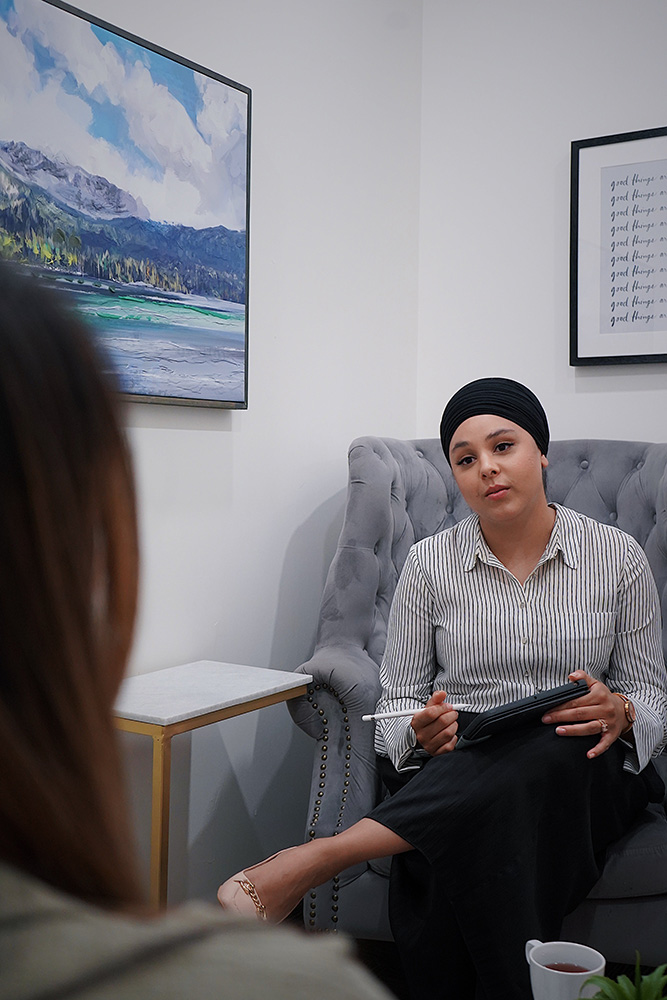Introduction to Worry
Welcome to this video about worry, how it affects us and how to start to manage it. There are 2 types of worry – practical and hypothetical. If the worry is a practical worry, there is usually a possibility of problem solving it. The other type of worry is what we call hypothetical worry. This means it’s likely to be a worry about the future, about things that might happen and they’re typically things that we do not currently have control over or can do anything about.
Top Resources

Perinatal Care Book for Dad’s
TalkPlus guides, workbooks and informational leaflets have been created to provide you with the resources and information you need to help with your mental wellbeing at any time or day that suits you. You may have been directed to this page by your therapist or you may have found this website via a search engine. Whichever it is, we hope you find these documents informative and helpful.

LTC Problem Solving for people with a Long Term Condition
During this video, we’ll be talking about a technique called problem-solving, a practical approach to solving problems. This technique helps us to break our problems down into small, manageable chunks and take practical steps in a structured way to overcome these problems.

Activities
Learning about how to be more active is one way of helping to improve your mood and manage worry. There are many benefits for being active and it can give you a sense of taking control of your life and make you feel more confident. Focusing on the things that we’re supposed to be doing or the things that we enjoy can give us a sense of pleasure or achievement. Doing nothing can make you feel lethargic and tired and this can contribute to depression. Being active helps to reduce worrying or dwelling on negative thoughts. In this video we discuss the different types of activity and the benefits of being active.




